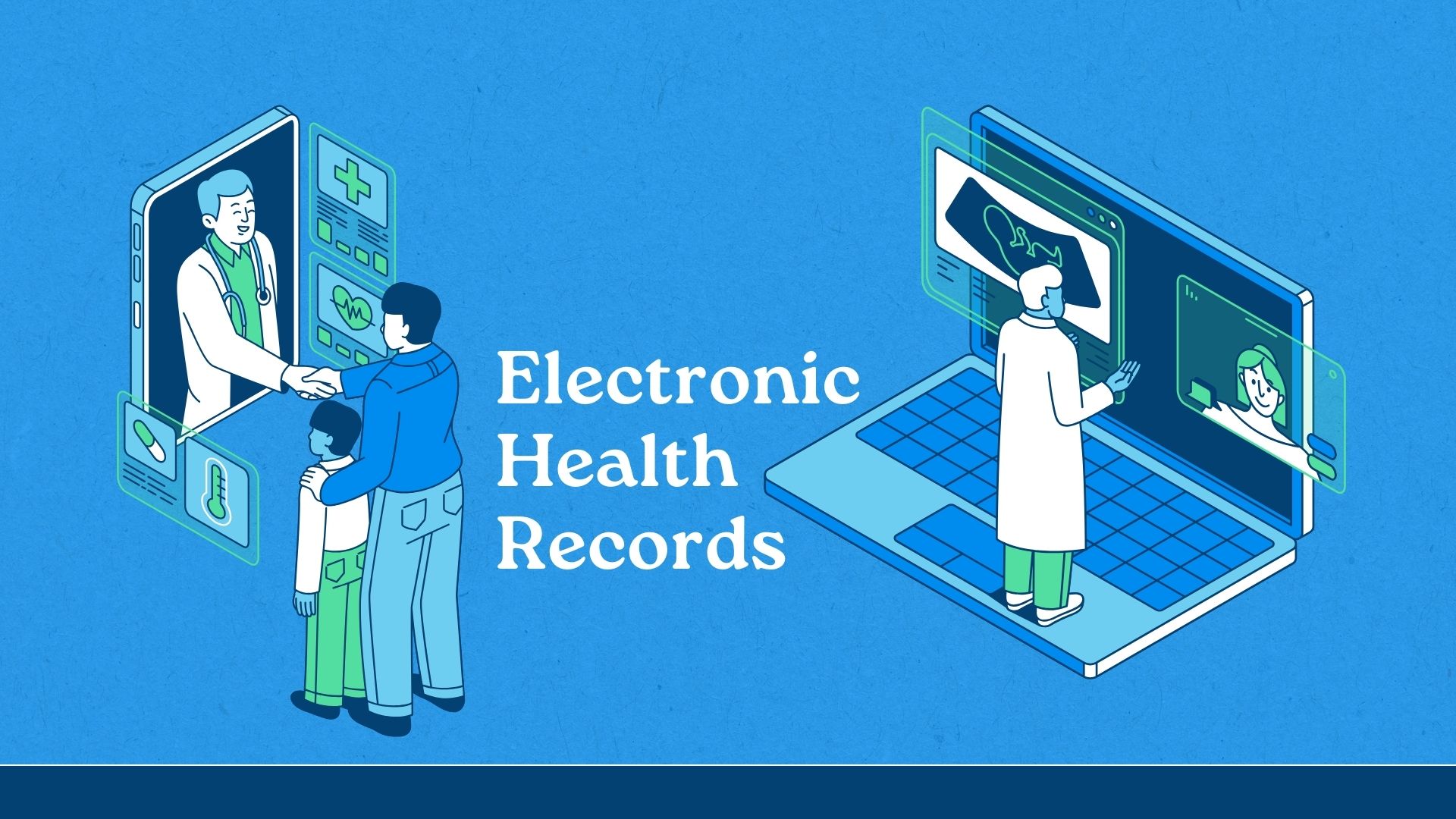Breaking Up the Corporate IT Monopoly, Part 2
This is the second of a three-part series on how corporations are breaking up their internal technology monopolies.
In part one, we talked about how many organizations are discovering, in most cases, their own IT monopolies are no match for and can't compete against more innovative and hungry providers of point solutions; global shared-services outsourcing providers (offering a painless way to standardize on configuration versions of systems and business processes); and specialized hosting providers for corporate and branch office data distribution networks.
In this column, we examine a relatively new trend. Corporate managers are foregoing the cost and complexity of developing custom code by leaning on commercial package providers to do this work for them.
The Rise of Plain Vanilla
For as long as most of us can remember, corporate IT's focus has been to develop strategic, differentiating competitive advantages in the form of faster, cheaper, and better business processes, enabled with new functionality.
In achieving this lofty goal, corporate IT departments amassed large application development staffs. Their sole focus was to add customized functionality to plain-vanilla versions of commercial packaged software technology to meet business users' unique and special requirements.
In this grand age of internal development, plain-vanilla, out-of-the-box functionality was something to be scorned, in many cases with justification. It was an age of first-generation CRM systems. Plain-vanilla, out-of-the-box functionality represented little more than contact management, calendaring, and list management; customization was often required to do basic things, such as pricing, order management, and reporting.
As a result of all this added coding, multiple instances of packaged applications blossomed within organizations, all specialized according to individual requirements of specific profit centers.
Complexity Out/Simplicity In
CIOs and CFOs have learned the hard way customizing commercial off-the-shelf technology isn't a great idea. It represents the worst of both worlds: all the upfront costs of buying third-party software with all the ongoing support and maintenance costs of a homegrown application. As a result, the value of such customization is being questioned (does an organization really need seven different versions of a CRM package?).
With many package vendors offering prebuild features tailored to vertical industry processes, plus advanced analytic and reporting features, there's less need to customize.
Complexity and customization are out; simplicity and configuration are in. Users are told to change their processes to avoid customizing the software package, instead of customizing the package to meet the requirements of business users.
$0.10 Versus $3 on Every Dollar
How much can firms save by configuring instead of customizing? A lot. To quote an executive from a large investment management company, “For every dollar you spend to configure Siebel, it costs about $0.10 to do the upgrade; for every dollar you spend customizing Siebel, it costs about $3 dollars to upgrade.”
In the next and final installment, we'll look at some major initiatives corporations are undertaking to simplify and standardize technology infrastructures.
Got an interesting insight, opinion, or real-world example to share? What are your thoughts? Write me at [email protected]. And stay turned for part three.
Reprinted from ClickZ.




